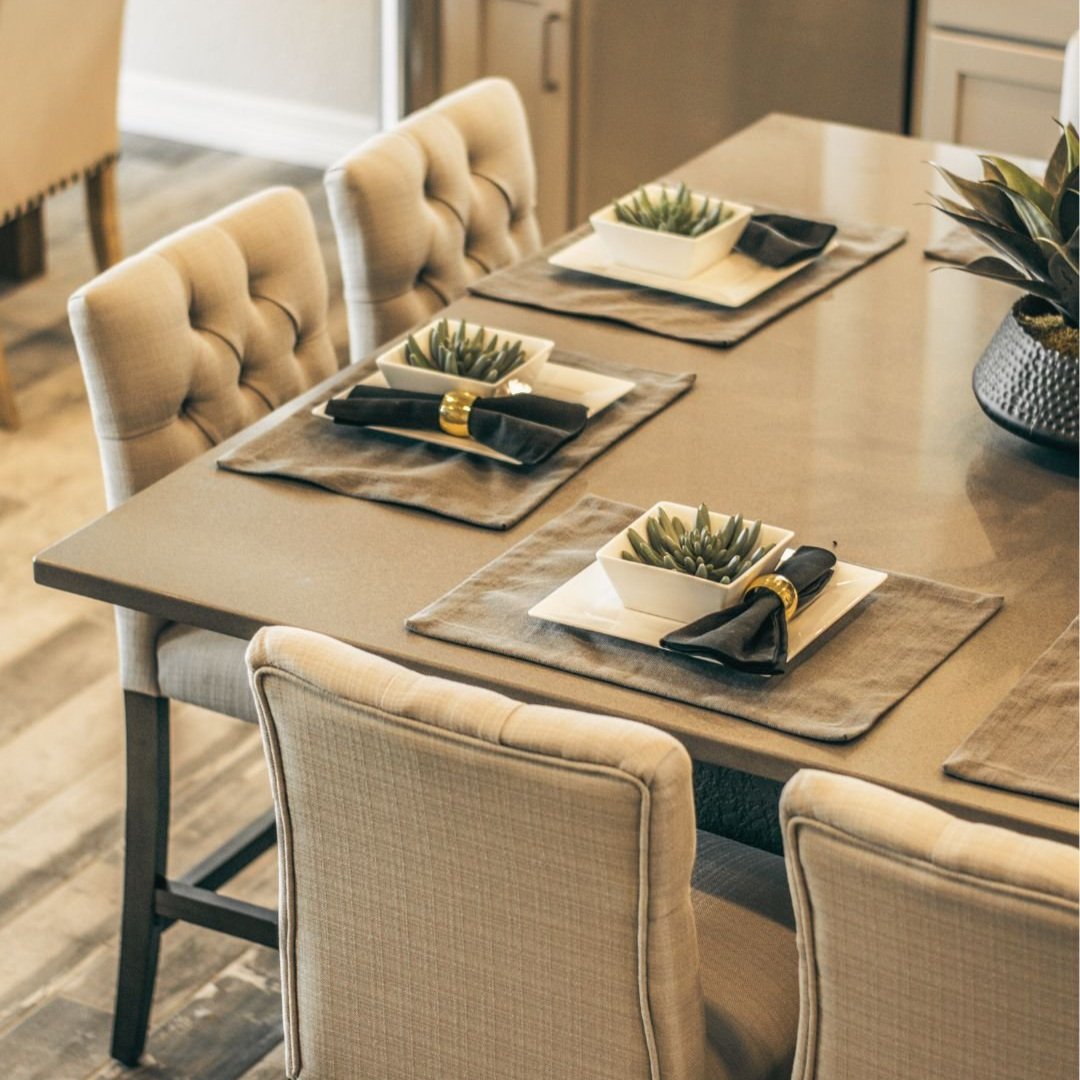Studio Designer Acquires Mydoma: What This Means for Your Design Firm
/Written by: The Studio Designer Team
Originally Published on July 25, 2024 here.
Studio Designer the leading business management software platform for interior designers, today announced it has acquired Ottawa, Canada-based Mydoma, a leading project management and design business platform for interior designers. Together, Studio Designer and Mydoma support nearly 20,000 interior designers across the United States and Canada, creating the design industry’s #1 business management software platform for residential designers.
Studio Designer features integrated project management, time-billing, and payment solutions with a full GL accounting system. More designers, bookkeepers, and accountants leverage Studio Designer than any other solution to perform an expansive set of functions, from creating the first client presentation to accounting for the final invoice. This is why Studio Designer is relied upon by more than 15,000 designers, including many of the industry’s largest and most well-regarded firms, including Ken Fulk, Pembrooke & Ives, and Nate Berkus.
Mydoma’s focus on delivering exceptional solutions for lead generation, project management, and time tracking has led the company to great success, particularly with smaller firms or those that have recently formed. Studio Designer and Mydoma together will be able to support design firms at every stage of their journey, from Day 1 to AD100.
“For over 30 years, Studio Designer’s mission has been to empower designers’ creativity with innovative digital solutions. Sarah and the entire Mydoma team share this mission. We look forward to working together to develop new tools that will enable designers to create beautiful work while running successful, profitable businesses at every stage of their design careers. We are incredibly excited to bring Mydoma into the Studio Designer family,” said Keith Granet, Founder and CEO of Studio Designer.
The two companies will form the largest product, technology, and service team dedicated exclusively to creating business management software solutions for interior designers. This will translate to greater capabilities to deliver new, innovative features to designers, and provide even greater levels of customer support and design business education opportunities. By incorporating Mydoma into Studio Designer’s expansive product and service offerings, design firms of all sizes and stages of growth will find a solution that enables them to operate at their best.
“As a former interior designer, I was inspired to create Mydoma to solve the challenges that I experienced firsthand running my own firm. Over the last ten years, we are proud to have built an industry-leading product used by thousands of designers across the US and Canada. We are thrilled to join Studio Designer, which shares our values and mission to enable designers to spend less time managing and more time designing. Our future is bright as part of the Studio Designer community,” Sarah Daniele, Founder and CEO of Mydoma.




































